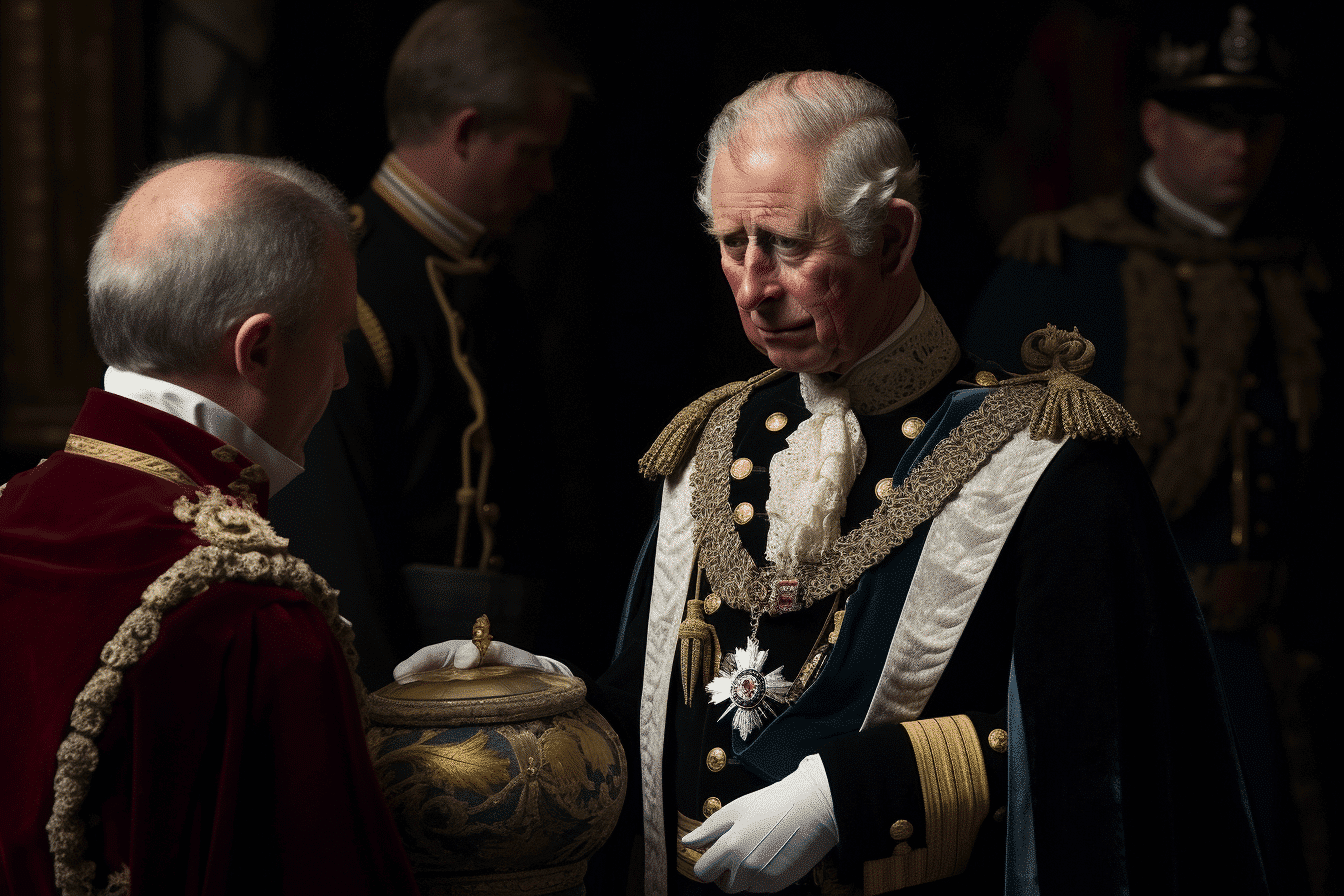Scotland showcased its vibrant traditions and enduring loyalty to the monarchy with an elaborate ceremony to honour the newly crowned King Charles III. Edinburgh’s Royal Mile was alive with the sound of bagpipes, the sight of kilts, drums, and even a Shetland pony, marking the monarch’s accession to the throne two months after his coronation at Westminster Abbey in London.
Celebrating Scotland’s Identity
The ceremony at St. Giles’ Cathedral was not another coronation but an event steeped in symbolism. The Honours of Scotland — the crown, sceptre, and sword of state — were presented to Charles, signifying Scotland’s unique identity and historical ties with the monarchy. The Stone of Destiny, an important symbol of Scottish identity, was also displayed at the cathedral for the festivities.
The event was seen as an opportunity for King Charles to strengthen bonds within the United Kingdom. He had previously visited Northern Ireland, Scotland, and Wales soon after Queen Elizabeth II’s death, indicating his commitment to unity.
An Inclusive Ceremony
Adding a multicultural touch, the church service included a psalm sung in Gaelic, reflecting Scotland’s rich cultural diversity. Additionally, Charles was presented with a new sword, crafted by Scottish artisans and named after Queen Elizabeth. The new sword is set to replace the current blade of state, which dates back to 1507 and is too fragile for ceremonial activities.
Scotland’s Royal Reception Amid Rising Costs
While the ceremony was grand and highly symbolic, not everyone in Scotland was celebratory. The country is currently grappling with a cost-of-living crisis, with rising food and energy costs causing widespread concern. A group known as Our Republic, campaigning for an elected head of state in Scotland, voiced its discontent by organizing a protest rally to coincide with the royal events.
A Procession for the People
In the early afternoon, a People’s Procession commenced, involving over 100 people representing charities and public service groups like the Scottish Ambulance Service, the Royal Scottish Highland Games Association, and the Girls’ Brigade. This procession offered a more inclusive element to the festivities, emphasizing the links between the monarchy and the people of Scotland.
The event concluded with the Household Cavalry Mounted Regiments and various military bands leaving from the Palace of Holyroodhouse, King Charles’ official residence in Edinburgh.
This celebration is a powerful reminder of Scotland’s deep-rooted historical ties with the monarchy. Despite political differences and ongoing debates about independence, these ceremonies highlight the enduring connection between Scotland and the rest of the United Kingdom.
